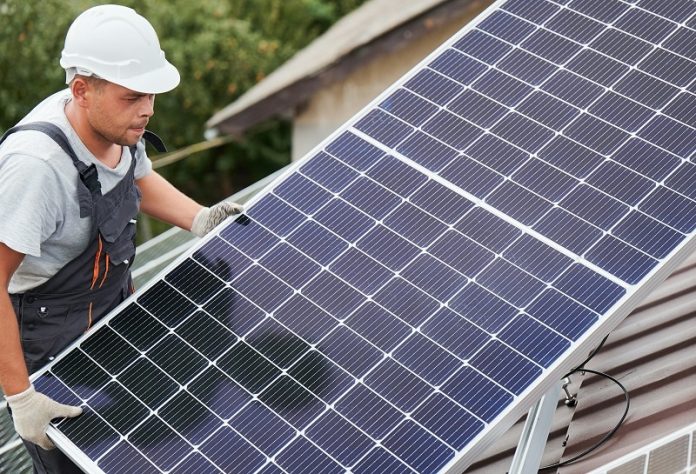
Perovskite solar cells (PSCs) are a promising alternative to traditional silicon-based solar panels. They are thin, lightweight, and flexible, making them perfect for use on curved surfaces like car roofs and building walls.
They’re also cheaper and easier to produce, as they can be made at room temperature using a simple solution-based method.
However, one major challenge has been finding a way to keep these cells working efficiently for long periods.
A research team at UNIST (Ulsan National Institute of Science and Technology) in South Korea has now made a big breakthrough in solving this problem.
Their findings, published in the journal Joule, could help bring perovskite solar technology closer to everyday use.
Led by Professor Sang Il Seok from the School of Energy and Chemical Engineering, the team developed a new layer—called an interlayer—that sits on the surface of the perovskite material.
This layer makes the solar cells more stable and efficient by using two types of organic cations (positively charged molecules).
These organic cations interact differently with the perovskite material, which helps improve the structure and energy flow within the cell.
In a solar cell, sunlight creates tiny particles called charge carriers. These carriers need to travel smoothly to the electrodes to generate electricity.
But if there are defects in the material or problems with the energy levels between layers, some of that energy gets lost. In earlier studies, using only one type of cation often caused the thin film to break down and led to energy mismatches.
By using two different cations together, the UNIST team was able to fix these issues. Their new method reduced defects and created a better energy “staircase” to guide the charge carriers, leading to improved performance.
Their solar cells reached a power conversion efficiency (PCE) of 26.3%, a result that rivals commercial silicon cells. This record-setting performance was officially recognized by the U.S. National Renewable Energy Laboratory in 2023.
Even more impressive, the cells kept nearly 100% of their original performance after being stored at room temperature for over 9,000 hours—more than a year.
Researcher Jongbeom Kim said this simple yet powerful approach could make manufacturing easier while making the solar cells last much longer. The team now aims to push efficiency beyond 28% and move closer to making this technology available for commercial use.
Source: KSR.



